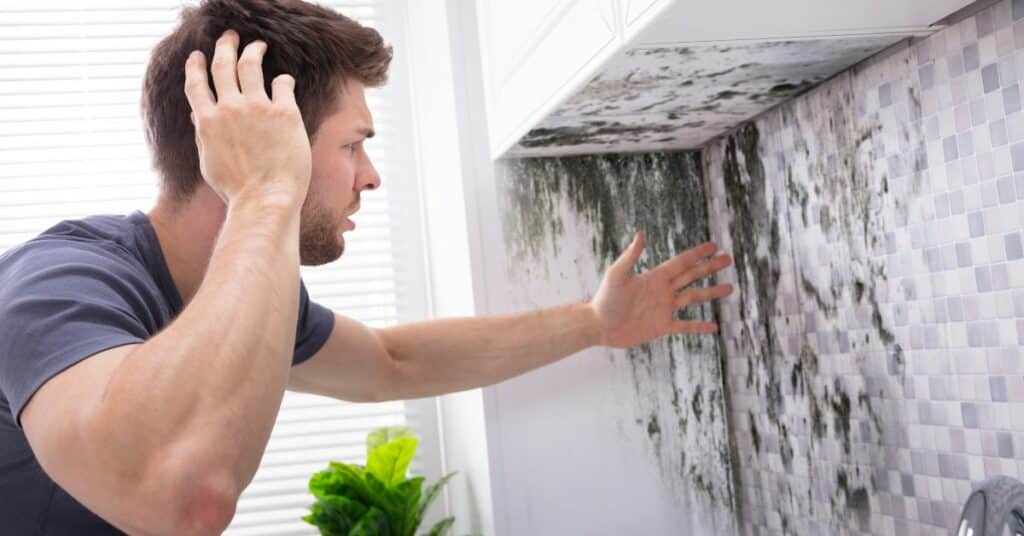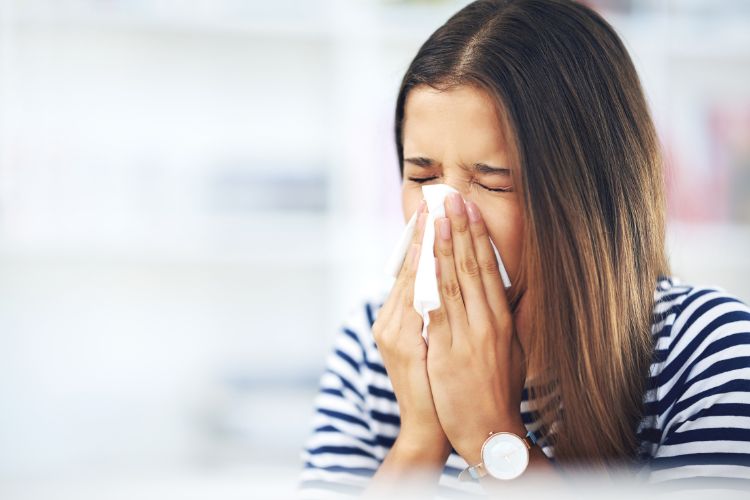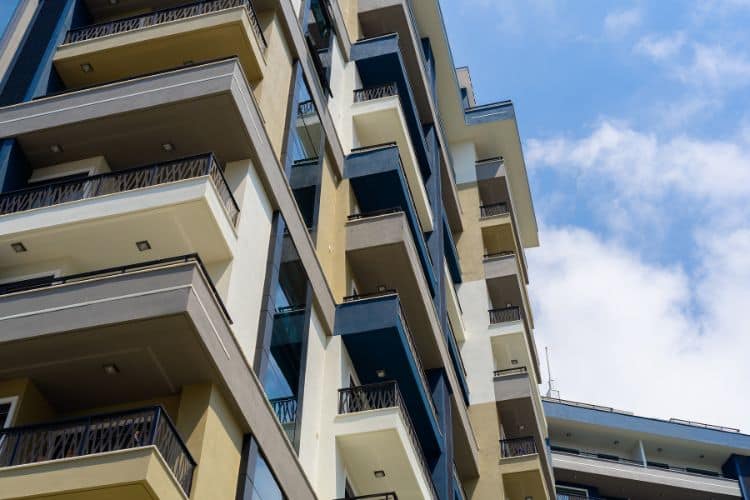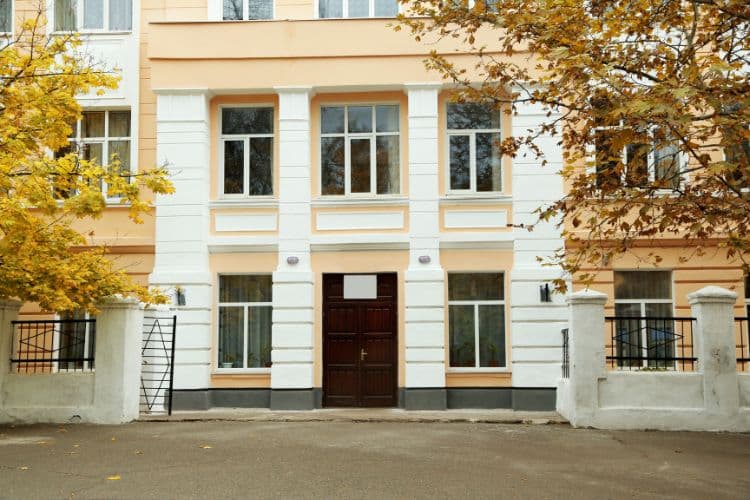effectively eliminate mold and prevent future growth
Mold can be a persistent and troubling issue in homes and businesses, leading to potential health risks and damage to property. Effectively eliminating mold and preventing its return is crucial for maintaining a healthy indoor environment. This comprehensive guide outlines the essential steps and strategies for tackling mold issues head-on and safeguarding your space against […]
effectively eliminate mold and prevent future growth Read More »










